#scandinavian modern
Explore tagged Tumblr posts
Text
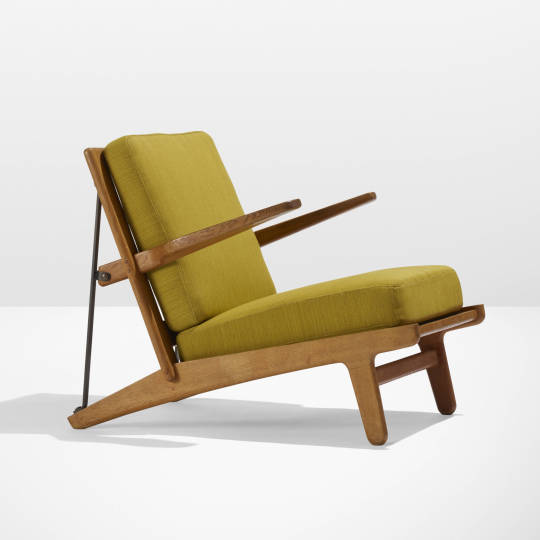
An Armchair designed around 1955 by Børge Mogensen for Fredericia
#1950s#danish design#design history#armchair#furniture design#modern design#borge mogensen#scandinavian modern
345 notes
·
View notes
Text

#interior design#architecture#art#minimal#simplicity#interior#minimalism#design#modernism#contemporary art#new contemporary#contemporary decor#contemporary design#minimalistic#minimalist style#minimalist living room#minimalist#modern retro#home design#ts4 interior#interiorstyling#home interior#interior decorating#interiors#decor#living room#home decor#bruno mathsson#scandinavianstyle#scandinavian modern
10 notes
·
View notes
Text
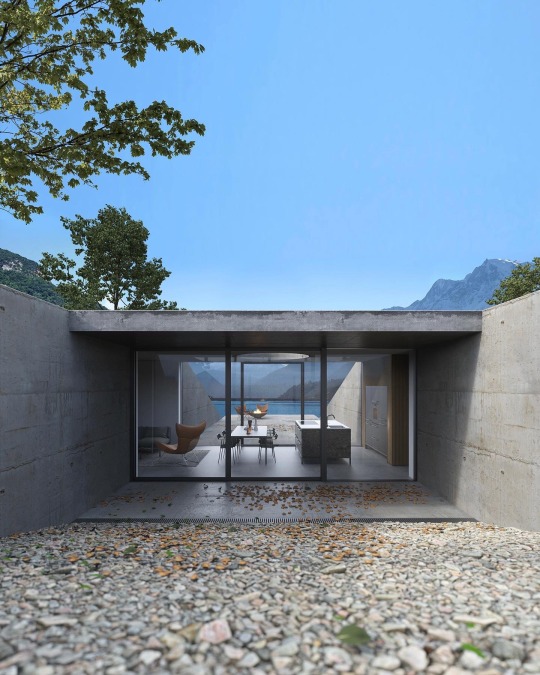




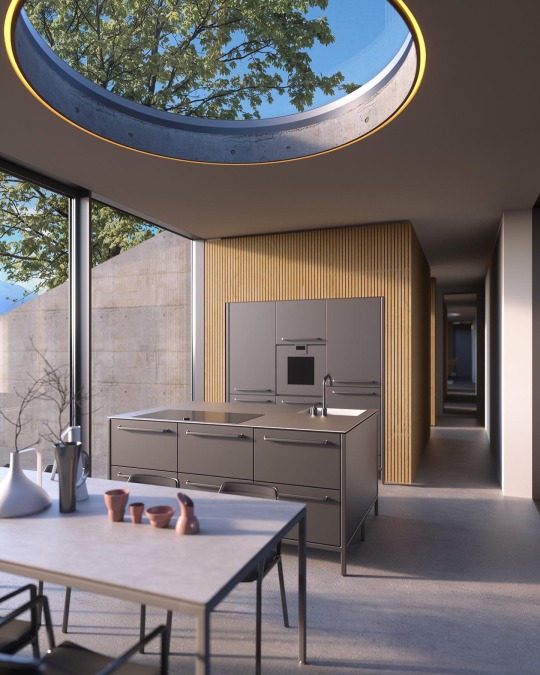

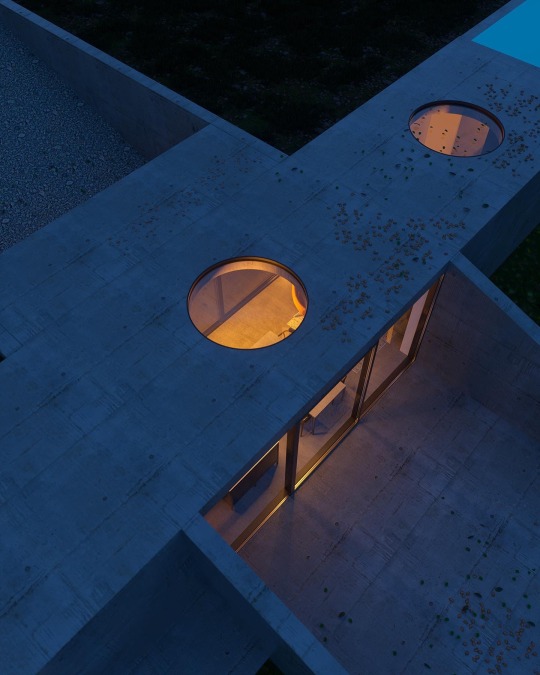
Modern luxury in the heart of the imposing nordic mountains. At the entrance of the House in Norway, designed by Olafs Barons. Images by Vismood.
#5style#minimalism#luxury#minimalist#style#minimal#architecture#minimal architecture#minimal interior#modern architecture#scandinavian modern#modern design#modern#interior#interiordesign
124 notes
·
View notes
Text
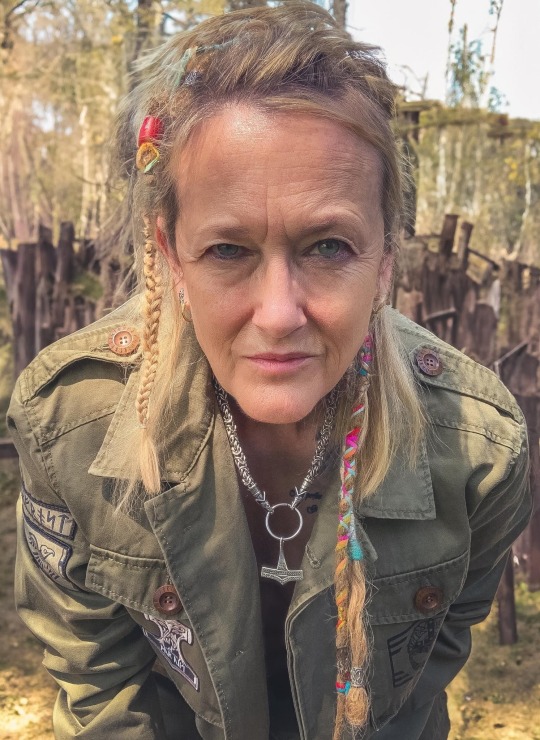
Self portrait - sporting new goods from Grimfrost.
11 notes
·
View notes
Text

Vase miniature en grès du milieu du siècle par Stig Lindberg, Gustavsberg, Suède, années 1950
3 notes
·
View notes
Text
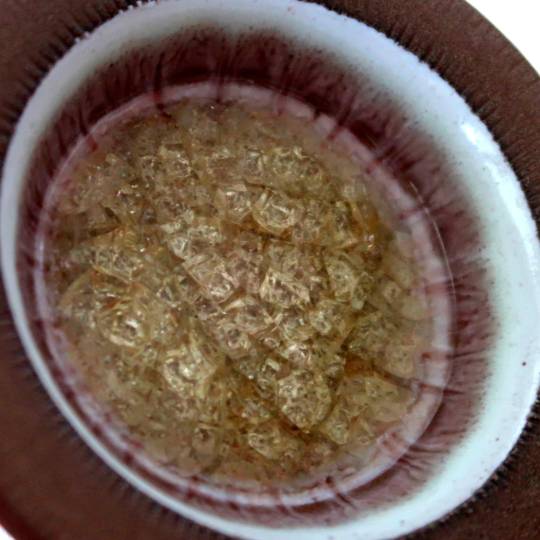
Selsbo keramik, crystaline glaze.
Cherryforest
0 notes
Photo

(via Pekka Jylhän 1960-luvun kodin sisustus muotoutui rakennuksen ehdoilla | Design Stories)
#interior design#interior decor#scandinavian modern#plant#60's interior#blacklivesmatter#phat ass white girl
0 notes
Text
Wood Exterior Minneapolis

Large danish black two-story wood and board and batten exterior home photo with a shingle roof and a black roof
0 notes
Text
Wood Exterior Minneapolis
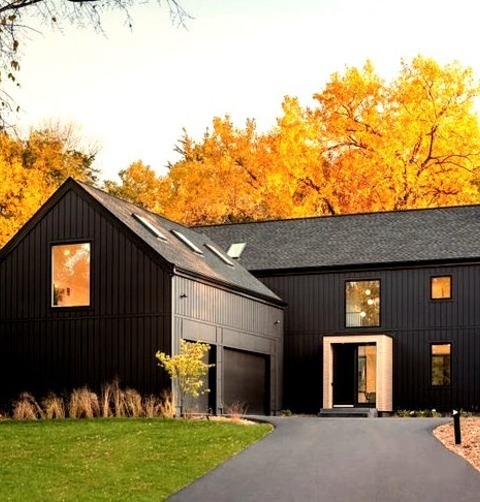
Large danish black two-story wood and board and batten exterior home photo with a shingle roof and a black roof
0 notes
Text
The Top 5 Interior Design Aesthetics of 2024
Interior design aesthetics constantly evolve, but some trends are expected to be particularly popular in 2024. We continue to see warm and welcoming interiors that dominate the interior design scene as people seek to create stylish and inviting spaces.
After the past few years' challenges, many people seek to create homes that feel like a sanctuary. Warm and welcoming interiors can provide peace and comfort, making them the perfect place to relax and recharge.
Warm and welcoming interiors help to foster connection and community. When people feel comfortable and at ease in their surroundings, they are more likely to invite others and spend time together.
It is a way for us to express our style. Homeowners can create unique and memorable spaces by choosing colors, materials, and furnishings that reflect their taste.
The top interior design trends for 2024 are:
Biophilic design: This trend is about bringing the outdoors in, focusing on organic materials, natural textures, and plants. Biophilic design has been shown to have several benefits for health and well-being, including reducing stress, improving mood, and boosting creativity.
Bold colors and textures: In 2024, we're shifting towards bolder, more vibrant colors and rich textures. This trend is all about making a statement and expressing your individuality. Think of deep jewel tones, metallic accents, and plush fabrics.
Earthy hues: Earthy hues such as ochre, tan, taupe, light pinks, and light greys are also popular in 2024. These colors create a calming, relaxed, and welcoming atmosphere.
Curved furniture: Curved furniture adds a touch of softness and elegance to any space. It's also more comfortable than traditional square or rectangular furniture.
Sustainable materials: More and more people decorate their homes with sustainable materials. A growing awareness of the environmental impact of the home design industry drives this trend. Popular sustainable materials include reclaimed wood, bamboo, and recycled glass.
Why are these trends popular?
These trends are popular for several reasons. First, they reflect a growing desire for stylish and functional homes. People want spaces that are comfortable and inviting but also reflect their style.
Second, these trends are a response to the increasing stresses of modern life. People are looking for ways to create homes that are an oasis of calm and relaxation. Biophilic design and earthy hues can help to create a sense of peace and well-being, while bold colors and textures can add a touch of excitement and fun.
Finally, these trends also reflect a growing awareness of the importance of sustainability. People increasingly decorate their homes with environmentally friendly and ethically sourced materials.
How can you incorporate these trends into your own home?
There are many ways to incorporate the top interior design trends 2024 into your home. Here are a few tips:
Biophilic design: Add plants to your home or create a living wall. You can also use natural materials such as wood and stone in your décor.
Bold colors and textures: Paint a feature wall in a bold color or add metallic accents to your décor. You can also choose plush fabrics for your furniture and curtains.
Earthy hues: Paint warm and earthy walls, or choose furniture in natural wood tones.
Curved furniture: Invest in a curved sofa or armchair. You can add curved accessories to your décor, such as a curved mirror or vase.
Sustainable materials: Choose furniture and décor made from sustainable materials. You can also shop at thrift stores and flea markets for unique pieces made from recycled materials.
No matter your style, there's a way to incorporate the top interior design trends 2024 into your home. With some planning, you can create a stylish, functional space that reflects your unique personality.
Here are a few of the most anticipated design trends for the coming year, along with images to help you visualize them:
Biophilic design
Biophilic design is a holistic approach to design that emphasizes the connection between humans and nature. The biophilic design originated in the 1980s with the work of biologist Edward O. Wilson, who proposed the theory of biophilia, which states that humans have an innate connection to nature and other living things. Biophilic design is a way to incorporate elements of nature into the built environment to improve human health and well-being.
Biophilic design can be implemented in a variety of ways, such as:
Using natural materials, such as wood, stone, and plants
Incorporating patterns and textures that mimic nature, such as wood grain and water ripples
Providing access to natural light and views
Creating spaces that encourage people to connect with nature, such as outdoor terraces and green roofs
Biophilic design has become increasingly popular in recent years for several reasons.
First, a growing body of research shows that biophilic design can have several benefits for human health and well-being, such as reducing stress, improving mood, and boosting creativity.
Second, biophilic design is a way to create more sustainable and resilient buildings. Biophilic design can help reduce energy consumption, improve indoor air quality, and create more comfortable and productive spaces by incorporating elements of nature into the built environment.
Finally, biophilic design is a way to connect with nature and to bring the outdoors in. This especially appeals to people who live in urban areas or spend much time indoors.
Here are some additional reasons why biophilic design is so popular today:
It is a reaction to the overly sterilized and artificial environments of the 20th and early 21st centuries. People are looking for more natural and human-centered spaces.
Biophilic design is a way to create a sense of place and to connect with the local environment.
Biophilic design is a way to educate people about the importance of nature and to promote environmental stewardship
It incorporates natural elements, such as plants, wood, and stone, into interior and exterior spaces. Biophilic design has been shown to have several benefits, including reducing stress, improving mood, and boosting creativity.
Japandi
Japandi design originated outside of Japan, in Scandinavia. It is a fusion of Japanese and Scandinavian design styles, which share many similarities, such as a focus on simplicity, functionality, and natural materials.
Clean lines and minimalism, natural materials, neutral colors, and functionality characterize Japandi’s design. It is highly influenced by the Wabi SABI aesthetics that celebrate the beauty of imperfections and the passage of time.
Japandi design has become increasingly popular in recent years for several reasons.
First, it is a style that is both stylish and functional. Japandi interiors are often described as being clean, airy, and inviting.
Second, Japandi design is a sustainable choice. Japandi designers often use reclaimed materials and traditional construction methods. This is because they believe respecting the environment and living in harmony with nature is important.
Finally, Japandi design is a way to express your individuality. Japandi designers embrace the imperfections of objects and believe that these imperfections add to the beauty and character of an object. This makes Japandi design a great way to create a unique home that reflects your style.
Here are some additional reasons why Japandi design is so popular today:
It reacts to the overly decorated and mass-produced interiors of the 20th and early 21st centuries. People are looking for a more authentic and personal style of interior design.
Japandi design is a way to connect with nature and to bring the outdoors in. This is especially appealing to people who live in urban areas.
Japandi design is a way to slow down and appreciate the present moment. This is important in our fast-paced world.
Mid-century modern
Mid-century modern design aesthetics emerged in the United States and Europe in the middle of the 20th century. It is characterized by its clean lines, simple forms, and use of natural materials such as wood, metal, and glass.
Mid-century modern designers were inspired by the Bauhaus movement, emphasizing simplicity, functionality, and beauty. There are several reasons why mid-century modern design is a trend in 2024. One reason is that it is a timeless style that has never gone out of fashion. It is well-made, durable, easily mixed, and matched with other styles.
Additionally, mid-century modern design is often seen as minimalist and uncluttered, appealing to many people in today's fast-paced world.
Another reason why mid-century modern design is a trend in 2024 is that it is a sustainable style. Mid-century modern furniture is often made from natural materials and designed to last. Additionally, mid-century modern design is often associated with biophilic design, which focuses on connecting people with nature. Biophilic design has been shown to benefit human health and well-being, including reducing stress, improving mood, and boosting cognitive function.
Scandinavian Modern
Scandinavian modern design is a style of interior design that emerged in the Nordic countries (Denmark, Finland, Norway, Sweden, and Iceland) in the mid-20th century. Its simplicity, functionality, and use of natural materials characterize it. Scandinavian modern design is often described as being "clean," "minimalist," and "airy."
Some key features in Scandinavian modern design include simple, clean lines, functional furniture and decor pieces, natural materials, neutral colors, and natural light. Scandinavian modern interiors often incorporate pops of accent color and typically use natural materials, such as wood, leather, and stone.
Wabi-sabi
Wabi-sabi interior design originated in Japan in the 15th century. It is a Japanese aesthetic that celebrates the beauty of imperfections and the passage of time. Wabi-sabi was influenced by Zen Buddhism and the tea ceremony, which both emphasize the importance of simplicity and the appreciation of the present moment.
Wabi-sabi interior design is becoming increasingly popular today for several reasons.
First, it is a style that is both calming and inviting. Wabi-sabi interiors are often described as being serene, tranquil, and relaxing. They use natural materials, simple designs, and a muted color palette.
Second, wabi-sabi interior design is a sustainable choice. Wabi-sabi designers often use reclaimed materials and traditional construction methods. This is because they believe respecting the environment and living in harmony with nature is important.
Finally, wabi-sabi interior design is a way to express your individuality. Wabi-sabi designers embrace the imperfections of objects and believe that these imperfections add to the beauty and character of an object. This makes wabi-sabi interior design a great way to create a unique home that reflects your style.
Minimalism
Finally, we get to Minimalism.
Minimalism is both an interior design aesthetic and a style. It is an aesthetic because it is a particular way of approaching design, focusing on simplicity, functionality, and clean lines. It is also a style because it has its own unique set of characteristics, such as the use of natural materials, geometric shapes, and neutral colors. You can see that minimalism runs through each design described in this blog.
Minimalist interior design emerged in the 1960s and 1970s as a reaction to the excesses of mid-century modern design. Minimalist designers sought to create simple, uncluttered, and functional spaces. They emphasized using clean lines, geometric shapes, and natural materials.
Minimalism has become increasingly popular in recent years as people seek ways to reduce stress and create more peaceful and calming home environments. Minimalist interiors are free of clutter and distractions, which can help to promote relaxation and well-being.
Here are some of the key characteristics of minimalist interior design:
Simplicity: Minimalist interior design is all about simplicity. Minimalist designers focus on creating spaces that are uncluttered and free of distractions.
Functionality: Minimalist interior design is also about functionality. Minimalist designers create spaces that are comfortable and easy to use.
Clean lines: Minimalist interior design is characterized by its clean lines and geometric shapes. This can be seen in the furniture, lighting, and accessories used.
Natural materials: Minimalist designers often use natural materials, such as wood, metal, and glass. These materials create a warm and inviting atmosphere.
Neutral colors: Neutral colors, such as white, beige, and grey, are a staple of minimalist interior design. They create a clean and uncluttered look.
You can do a few things if you want to create a minimalist interior design aesthetic in your home.
First, start by decluttering your space. Get rid of any unnecessary clutter and organize your belongings.
Second, focus on using simple and functional furniture. Choose pieces that are made from natural materials and have clean lines.
Third, use a neutral color palette. This will create a clean and uncluttered look.
Finally, add some pops of color and personality with accessories. This will help to make your space feel warm and inviting.
Minimalist interior design is an excellent option for anyone looking for a timeless, stylish, and functional aesthetic.
No matter your style, there is an interior design aesthetic out there that is perfect for you. Experiment with different aesthetics and find one that makes you feel happy and at home.
"May your home be a place where friends meet, family gathers, and love grows. " -- Anonymous
As with everything I post on my blogs, please feel free to comment, or if you have any questions, please email me through my contact page. I welcome it anytime!
Design with your heart™️
Happy decorating, my friends!
Mary
#Halter ranch#halter ranch vineyard#halter ranch Paso robles#central coast vineyard#central coast wine tasting#wine tasting in California#Paso Robles wine tasting#top 5 interior design aesthetics of 2024#the top 5 interior design aesthetics of 2024#2024 design trends#2024 interior design trends#Scandinavian modern#biophilic design#biophilic trends for 2024#biophilic design aethetics#mid century design aesthetics for 2024#mid century design is still trending for 2024#japandi trends for 2024#japandi 2024 trends#big trends for interior design in 2024#japandi design#minimalism is still trending for 2024#minimalism is a huge trend for 2024#wabi sabi trends for 2024#wabi sabi 2024 trending#wabi sabi trends#what is wabi sabi#wabi sabi interior design#the top 5 interior design aesthetics in 2024#interior design trends for 2024
1 note
·
View note
Text
Wood Exterior Minneapolis

Large danish black two-story wood and board and batten exterior home photo with a shingle roof and a black roof
0 notes
Text
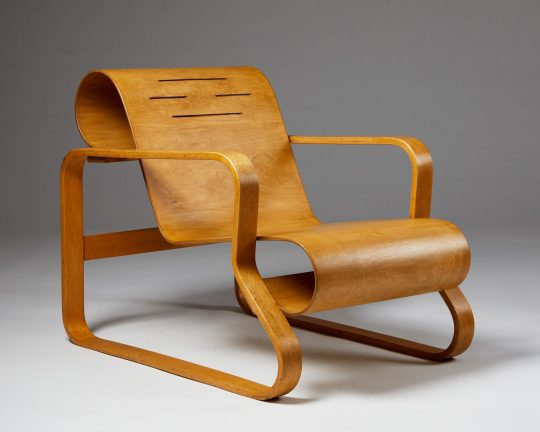
Armchair 41 "Paimio" (1932) designed by Alvar Aalto and produced by Artek
202 notes
·
View notes
Text
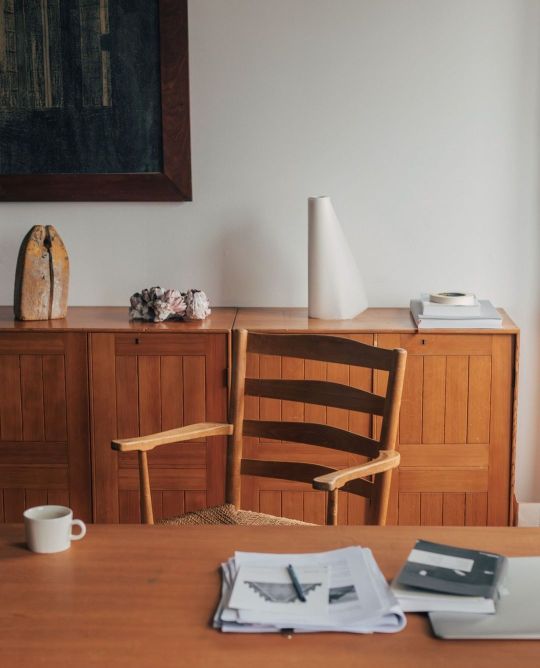
#design#minimalism#interior#art#simplicity#minimal#architecture#fredericia#borge mogensen#danish design#interiordesign#scandinavianstyle#scandinaviandesign#scandinavian modern#modern retro
14 notes
·
View notes
Text
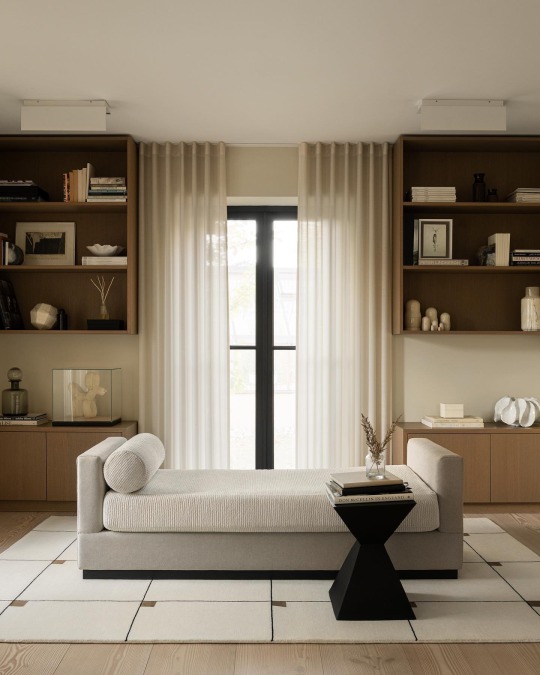
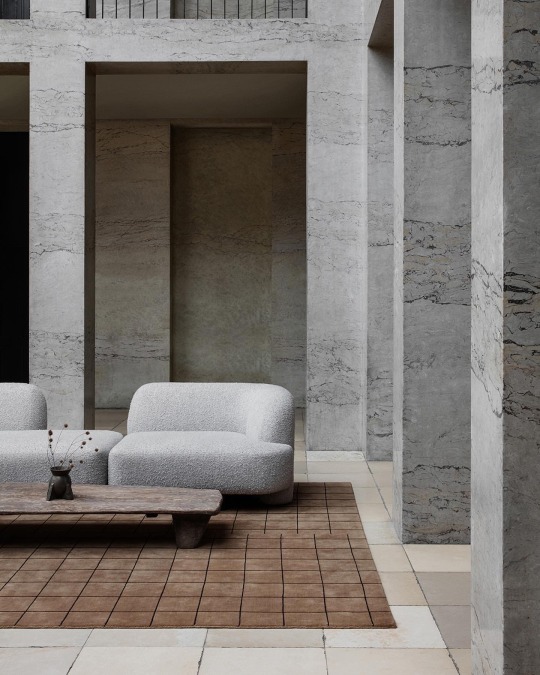

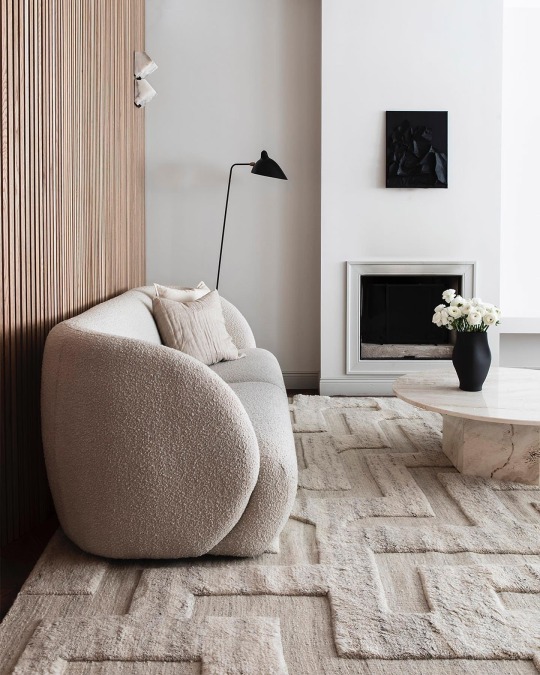
Rugs inspired by the beauty of the Nordic light, colors and landscape.
Discover Nordic Knots.
#5style#minimalism#luxury#minimalist#style#minimal#architecture#minimal interior#modern architecture#rug#rugs#handmade rugs#modern rugs#scandinavian style#scandinavian modern#minimal architecture
43 notes
·
View notes
Photo

Boston Dining Room Kitchen Dining Kitchen/dining room combo - large modern light wood floor and brown floor kitchen/dining room combo idea with white walls
#interior design#dining room#scandinavian modern#painted yellow farm chairs#natural maple wood floors#chairs#window seat
0 notes
Text

Vase en faïence par Stig Lindberg pour Gustavsberg Studio, Suède, années 1950
1 note
·
View note